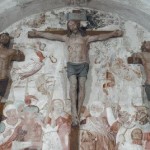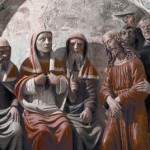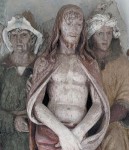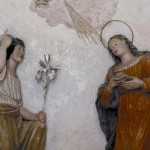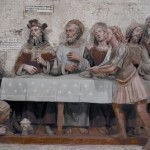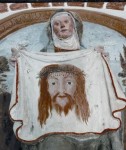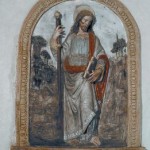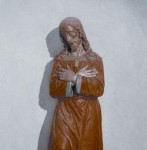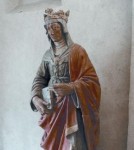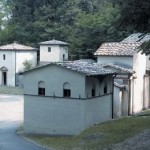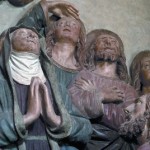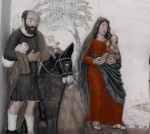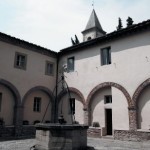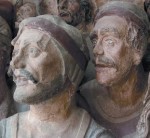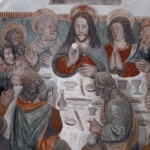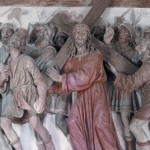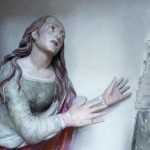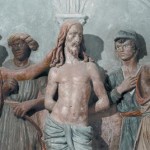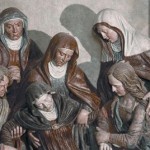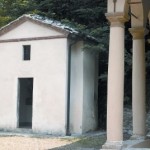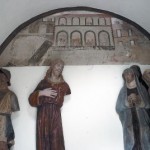The Franciscan complex of the Sacred Mount of San Vivaldo, in the municipality of Montaione, is located in one of the most striking places of the Valdelsa. Declared a national monument in 1984, it is a cultural and spiritual point of reference for the whole province of Florence.
It rose at the beginning of the 16th century in the wood of Selva di Camporena (already considered sacred in Etruscan and Roman times and used by hermitic communities in the Middle Ages) as an exact topographic reproduction of Jerusalem and immediately became the destination of substitute pilgrimages to the Holy Land. For centuries, it has maintained the spiritual character that still today exerts a strong appeal.
Records since the 13th-century mention the existence of a hermitage in these woods known as locus sancti Vivaldi and of a small church named Sancta Maria de Romitorio (St. Mary of the Hermitage) that was erected there no later than 1224. During the next century, devotion to Saint Vivaldus increased and the church was dedicated to him as well as to Saint Mary and Saint Catherine. The Selva di Camporena and the San Vivaldo hermitage were at the center of a dispute between Castelfiorentino and Montaione. Eventually the Montaione community offered them to the Franciscans who, in 1500, formally included the saint in their order. Thus began the construction of the church that incorporated the Church of Santa Maria del Romitorio.
Since 1908, the relics of Saint Vivaldus have been kept in the chapel consecrated to him. Also found there is a glazed terracotta altarpiece attributed to Benedetto Buglioni depicting the Adoration of the Child with Saints Vivaldus and Catherine of Alexandria, dated to the early 16th century. In the same chapel is a fine panel painting by Raffaellino del Garbo representing the Madonna and Saints. In an internal chapel to the right is a painted terracotta group depicting the Pietà carried out by Agnolo di Polo.

